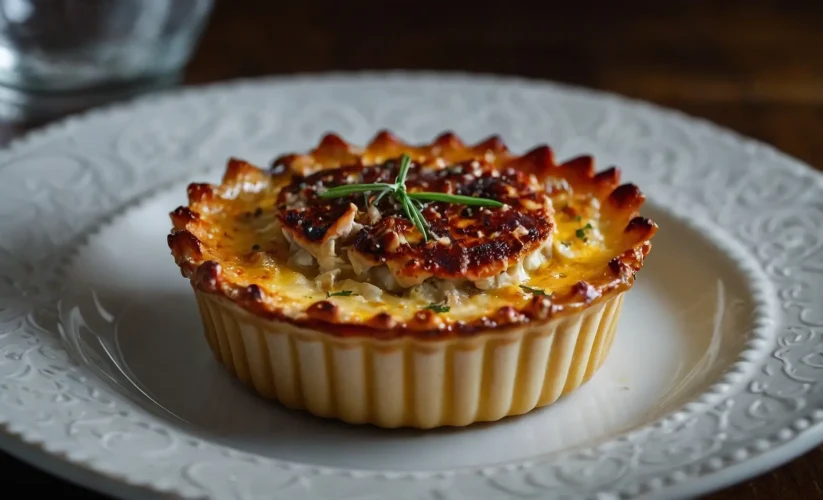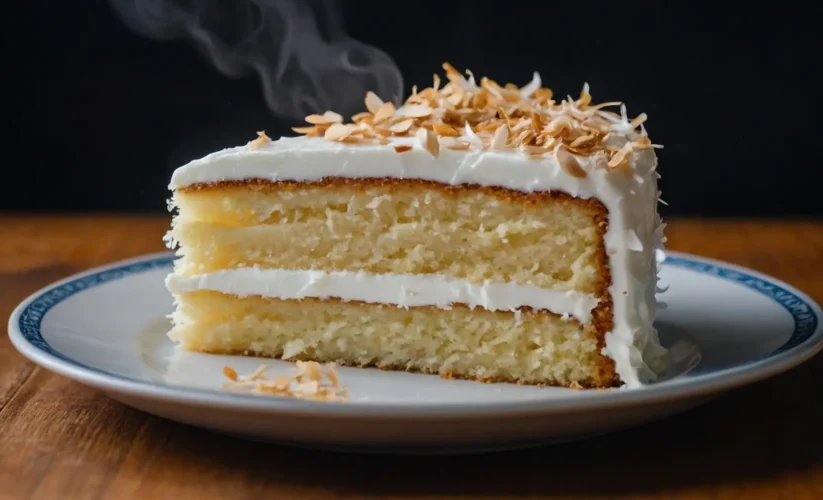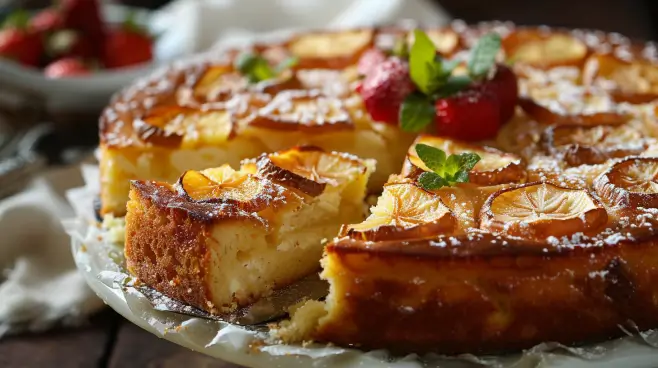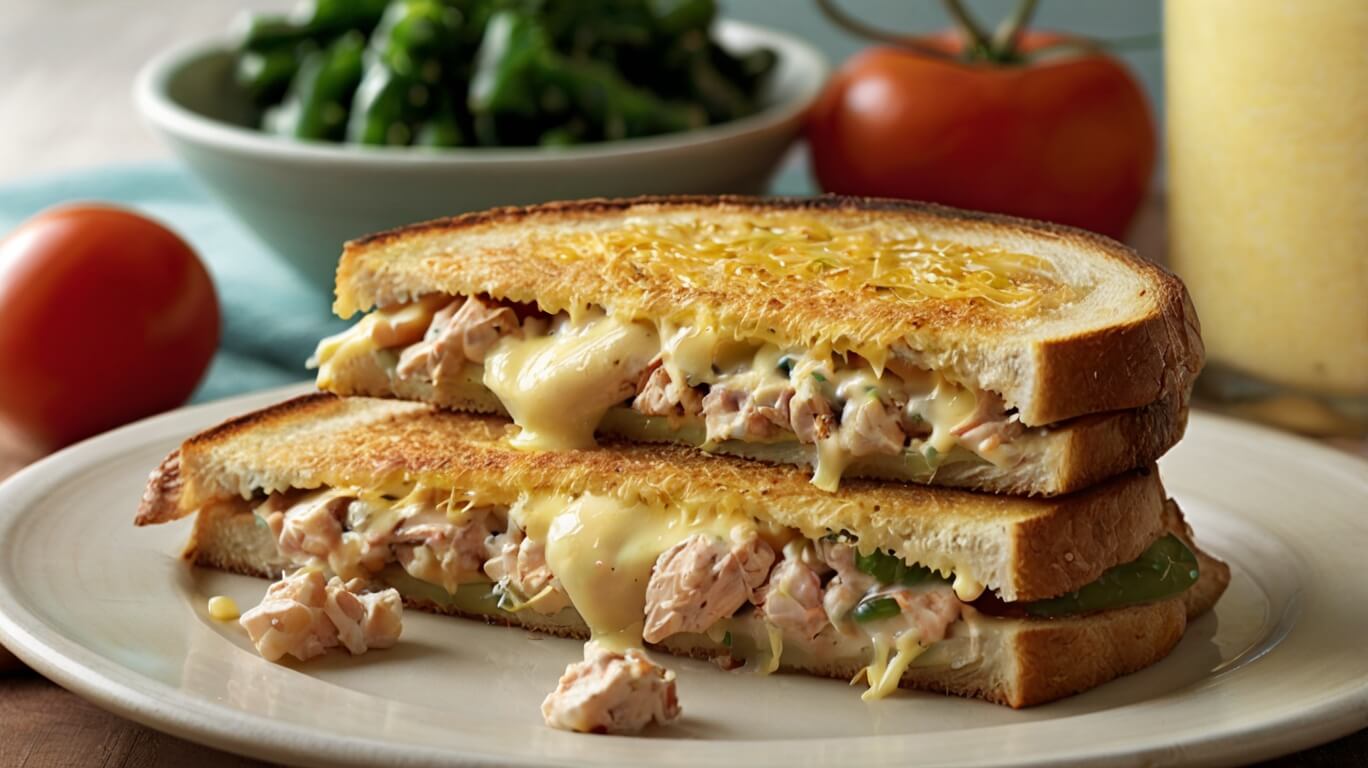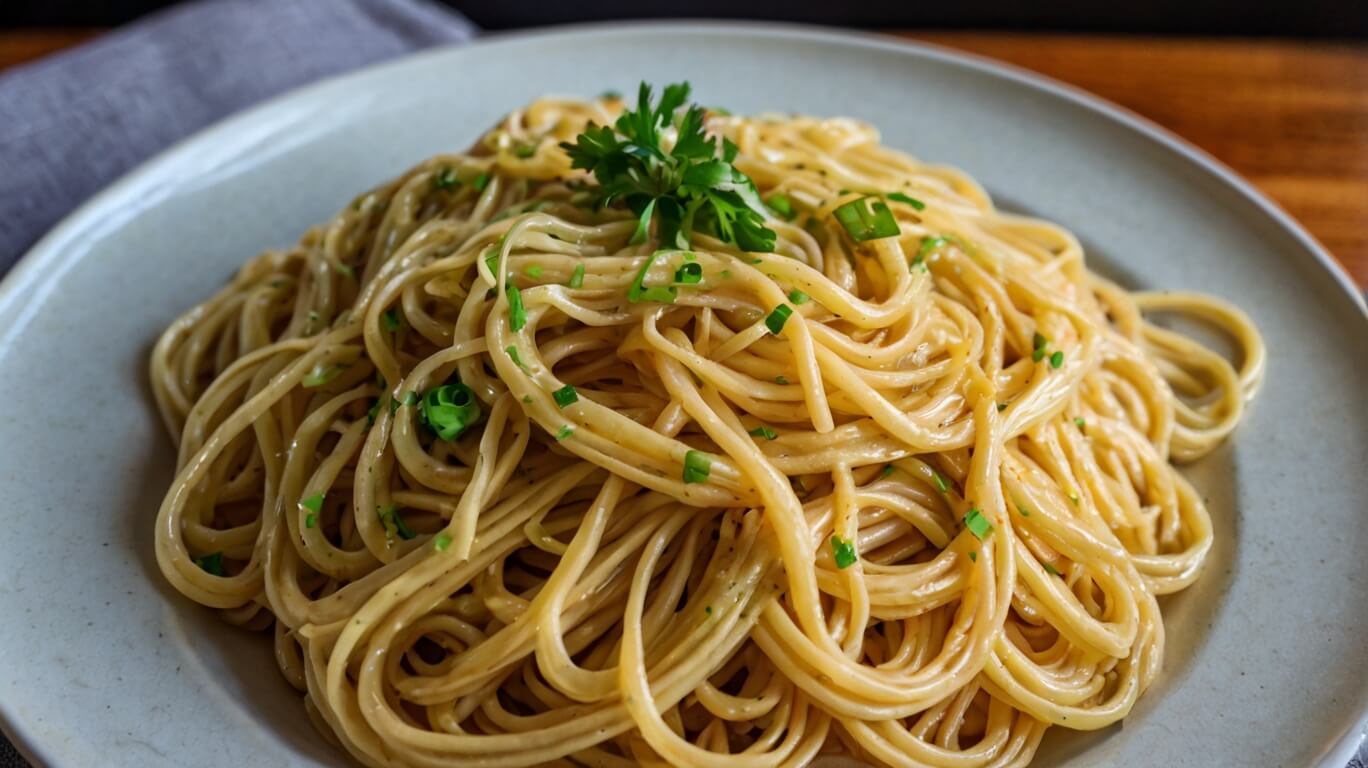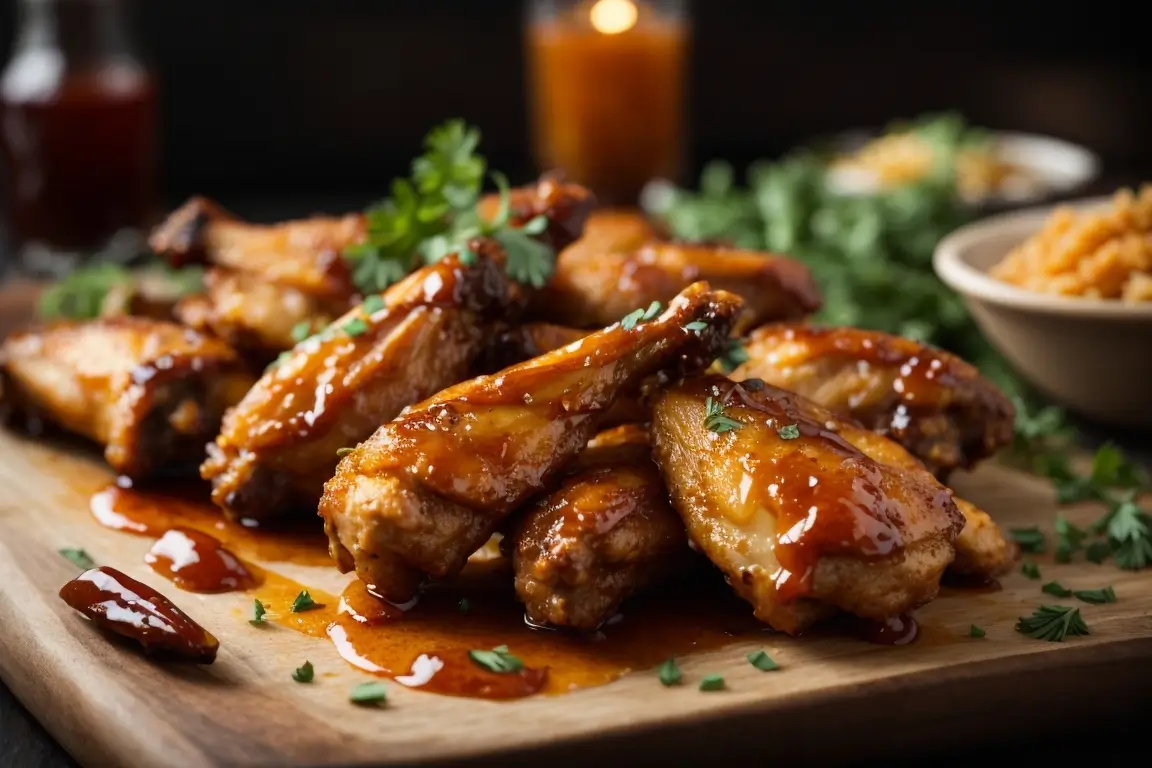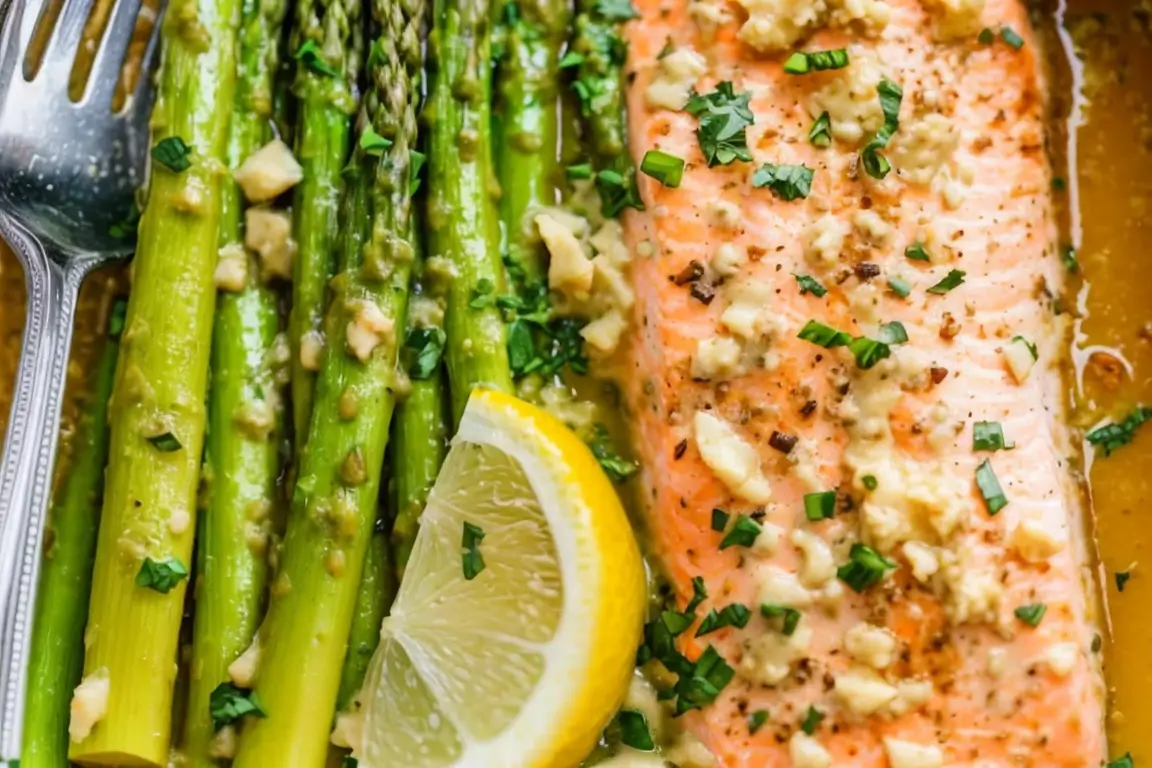Boston brown bread
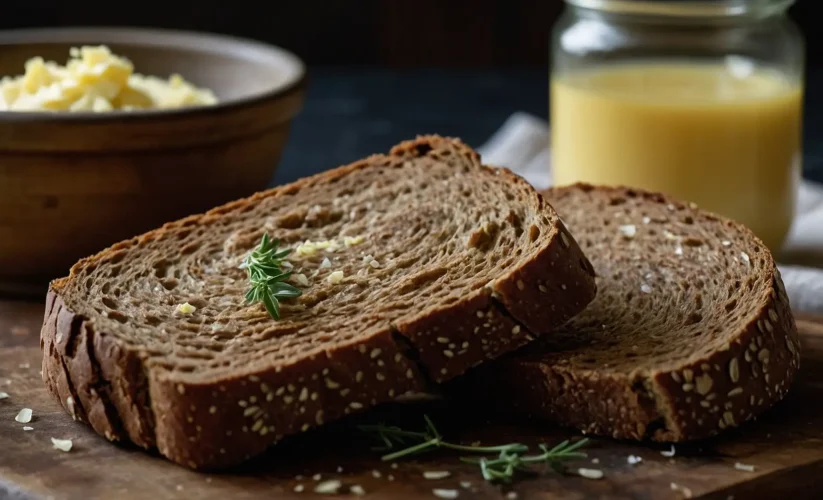
A very simple but profoundly historic dish that showcases the spirit of early American cuisine is Boston Brown Bread. This food, which is compact and delicately sweet, falls somewhere between bread and cake and provides a unique flavor that has been cherished down through the years. Surely, it was the resourcefulness of those pioneers who adapted their recipes to match what they could get in terms of ingredients and cooking methods that brought about this legacy of culinary.
Boston Brown Bread not only differs from other breads in an ingredient content but also its mode of preparation and cooking. Steaming in traditional cans takes us back to an era before the advent of baked ovens as common appliances in American homes. The technique adds moistness to the texture making it unachievable by baking. The bread gains its characteristic color and flavor from a combination of whole wheat flour, corn meal and rye flour sweetened with molasses thereby giving it a rich taste profile both sturdy and satisfying.
The Pilgrims had come with a liking for steamed puddings; this would later evolve into this distinctive American dish whose ingredients are indicative of New England’s agricultural produce then available. Colonial America had created molasses out of extracted sugar cane juices which became such an important ingredient used for sweetening their brown bread loaf hence they would add sweetness together with moisture causing them to be soft.
More than just being a tasty dish, this loaf represents history itself depicting how creative Americans were during early settlements. It’s symbolic of a time when there was more to cooking rather than mere provision, doing wonders with few materials available today referred to as special things made out of little ones. Today, Boston Brown Bread remains an emblematic representation of Old America encouraging would-be cooks at home as well as passionate eaters.
For instance, you learn about regular elements found inside Boston Brown Bread; comprehensive guidelines on preparing it home style; various alternatives and toppings one can use in order to personalize the recipe; and finally, a discussion concerning the cultural importance of this renowned bread. Whether you have been baking or just wanting to explore new things in the kitchen, this cookbook gives you an opportunity to know more about Boston Brown Bread through its history and flavor.
Boston brown bread
15
minutes2
hours250
kcalthe rich taste of Boston Brown Bread, a New England classic steeped in history.
Ingredients
1 cup whole wheat flour
1 cup rye flour
1 cup cornmeal
1 teaspoon baking soda
1 teaspoon salt
3/4 cup molasses
2 cups buttermilk
Optional: 1 cup raisins or dried currants
Directions
- Prepare Your Steaming Setup: Grease a 9-inch round or two cylindrical metal coffee cans. If using a pressure cooker or a large pot, fill it with enough water to come halfway up the sides of the cans or mold. Begin heating the water to a simmer.
- Mix Dry Ingredients: In a large bowl, whisk together the whole wheat flour, rye flour, cornmeal, baking soda, and salt.
- Combine Wet Ingredients: In a separate bowl, mix the molasses and buttermilk.
- Combine Wet and Dry Ingredients: Add the wet ingredients to the dry ingredients, stirring just until combined. If using, fold in the raisins or dried currants.
- Fill the Cans: Pour the batter into the prepared cans or mold, covering them loosely with greased aluminum foil.
- Steam the Bread: Place the cans or mold in the simmering water bath. Cover and steam for about 2 hours, or until a toothpick inserted into the center of the bread comes out clean.
- Cool and Unmold: Remove the bread from the cans or mold and let it cool on a wire rack. The bread should be completely cool before slicing.
Notes
- .
Variations and Toppings for Boston brown bread
With its versatility, Boston Brown Bread is open to culinary creativity. Below are some variations and topping ideas that will inspire you:
Variations
- Gluten-Free: Use your best gluten-free flour mixture instead of rye flour and wheat flour with xanthan gum (1 teaspoon).
- Vegan: Instead of buttermilk use almond or soy milk mixed with 1 tablespoon apple cider vinegar as well as choose molasses that is not made with animal products.
- Sweet and Nutty: Add in chopped walnuts or pecans for crunchy texture and nutty taste into the batter.
Toppings
- Cream Cheese Frosting: To make it more fulfilling, apply cream cheese frosting on this bread loaf then dust it off with cinnamon.
- Fresh Berries and Whipped Cream: Render slices of the loaf with fresh berries and a scoop of whipped cream for an invigorating dessert.
- Honey Butter: Blend softened butter with honey and a little salt for a sweet and salty spread that melts nicely on warm slices of bread.
Serving Suggestions
Boston Brown Bread offers a versatile palette that complements a wide range of dishes, from savory to sweet. Here are some serving suggestions to enhance your meals:
- With Soups and Stews: Its dense texture makes it ideal for dipping into rich, hearty soups and stews, absorbing the flavors while maintaining its integrity.
- As a Breakfast Component: Toast slices of Boston Brown Bread and serve with butter, jam, or cream cheese for a satisfying start to your day.
- Dessert Transformation: Turn it into a dessert by serving it with a scoop of vanilla ice cream, drizzled with caramel sauce, and a sprinkle of sea salt for a sweet and savory treat.
Conclusion
Boston Brown Bread is more than just a recipe; it’s a journey through time, a culinary artifact that speaks volumes about American history and ingenuity. This humble bread, with its simple ingredients and unique method of preparation, invites us to explore the rich tapestry of flavors and traditions that have shaped American cuisine.
In embracing Boston Brown Bread, we not only celebrate the past but also bring it into our modern kitchens, adding our twists and interpretations. It’s a reminder that food is not just about sustenance but also about storytelling, connecting us to our roots and to each other. Whether you’re enjoying a slice of this bread on a cold winter’s night, sharing it with friends over a meal, or experimenting with your own variations, Boston Brown Bread offers a taste of history that is as delicious as it is profound.
As homemade food lovers, we have the power to keep traditions alive, to breathe new life into old recipes, and to create memories that will be cherished by future generations. So, let’s don our aprons, gather our ingredients, and pay homage to the rich culinary heritage of Boston Brown Bread. In doing so, we celebrate not only the flavors of New England but also the spirit of innovation and resilience that defines American cooking.


